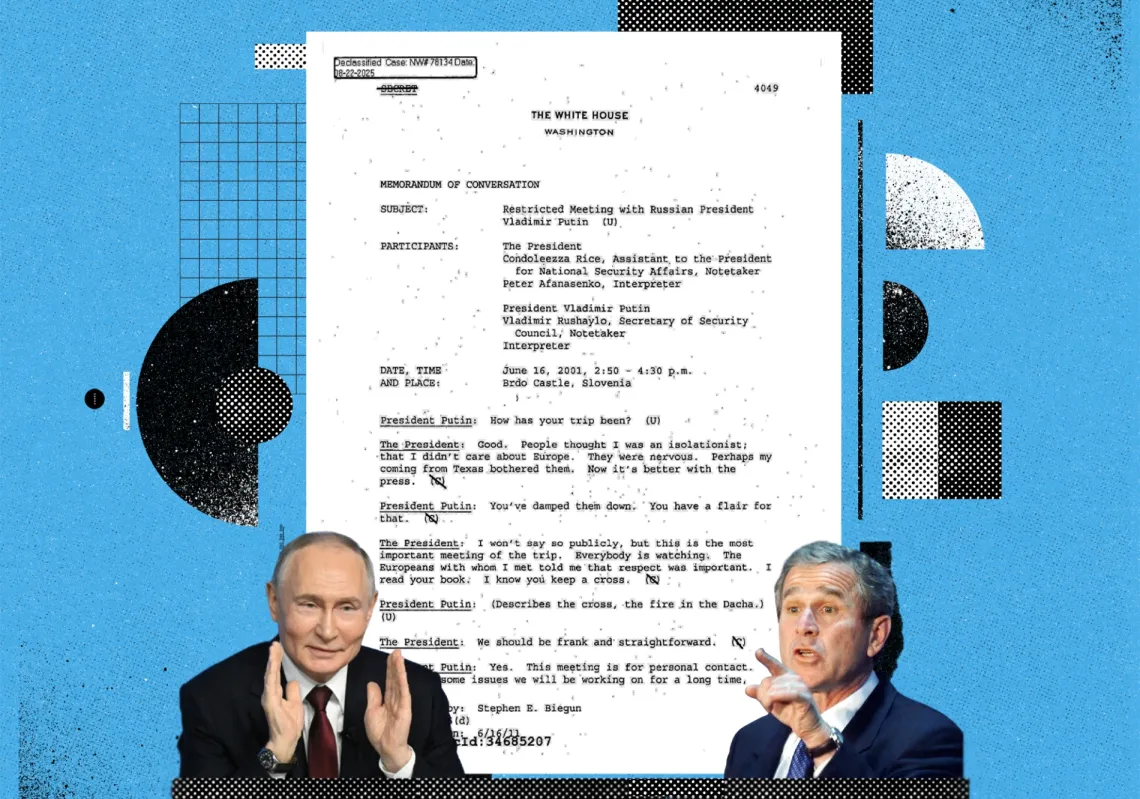On 1 July 2025, an Iran-linked hacking group threatened to release 100 gigabytes of emails allegedly stolen from associates of US President Donald Trump, including White House Chief-of-Staff Susie Wiles and longtime advisor Roger Stone. US officials condemned the breach as a politically-motivated smear campaign, but its timing and targets point to a calculated escalation.
The operation appears to be part of Tehran’s response to American support for Israel during the 12-day war last month, in which Iranian commanders, nuclear scientists, and nuclear facilities were all targeted by airstrikes, while Iranian digital infrastructure was targeted by cyberattacks.
On 17 June, Israeli-linked hacktivist group ‘Predatory Sparrow’ disrupted Iran’s state-owned Bank Sepah, which is widely associated with the IRGC. It then hit Nobitex, the country’s largest cryptocurrency exchange, causing a loss of $90mn in assets, in a bid to expose the platform’s alleged role in sanctions evasion and illicit financing.
Digital bombs
While the bombs and missiles have stopped for now, digital offensives remain ongoing, as they have done for years. Both Israel and Iran now treat the digital domain as central to their security strategies, integrating cyber campaigns with military operations and diplomatic positioning.
Israel has developed a sophisticated cyber deterrence strategy, combining precision cyber strikes with robust national defences, coordinated by the Israel National Cyber Directorate (INCD) and Unit 8200, the elite signals intelligence division of the Israel Defence Forces. Known for its role in the Stuxnet virus that damaged Iranian nuclear centrifuges in 2010, Unit 8200 is Israel’s most potent cyber force.














